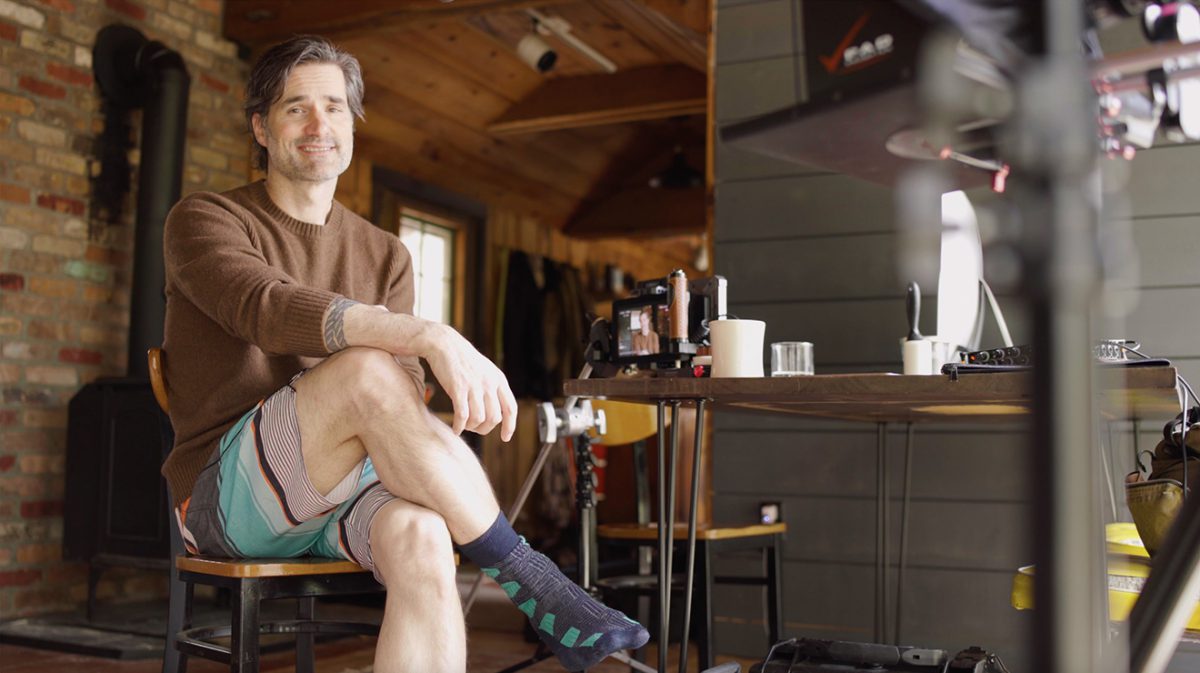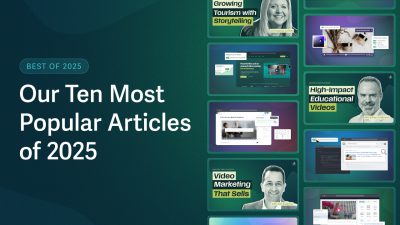The perfect teasers are created to grab the attention of viewers and keep them wanting more. But, how do you craft one without giving too much away?
In this post, we’ll be examining teasers and content snippets we’ve created, and deep-diving into the elements of what makes them successful.
What is Teaser Content?
A teaser is a short video that is created as a way of generating buzz around an upcoming announcement. It could be used to promote a longer video/movie, a product launch or anything that needs some sort of announcement. The key here is to attract viewers and only provide enough information to encourage them to learn more.
Types of Content
There are slight differences between the types of teaser content you can unveil to the world, each serving a slightly different purpose.
Teaser
A teaser video is usually very flashy, punchy, and hypes up what you are trying to promote. You only show excerpts from the main event, rather than the whole narrative. It’s all about building suspense and intrigue without giving away too much. You’re hinting at a big moment rather than revealing it.
Trailer
A trailer provides more information about what you are trying to promote. A trailer often tracks the general narrative, and gives away the plot to a certain extent. Usually a little lengthier than a teaser, trailers leave viewers with clear expectations for what they will get out of watching or participating.
Content Snippet
Content snippets are literally taking clips of your larger piece of content and selecting bite-size portions to push out to attract viewers. These snippets are very short clips or soundbites designed to grab viewer attention. For instance, clips that loop particularly well are perfect for this purpose.
All of these content types are great for sharing on social media as well, but you’ll have to plan your shot to accommodate the varying sizes. Watch our How To Video episode on optimizing for social to learn more.
Elements of a Great Teaser Content
Great teaser content should contain each of the following three elements. A hook, offering a solution, and a call-to-action.
If you can’t quite fit it all in one teaser video, consider making a series of them, each contributing a different element. You can also use copy in the post on social media or on the webpage where you’re sharing your video to the same effect. Or, you can use video marketing tools, like in-player calls-to-action or custom post-play screens to deliver the full message.
Strong Hook
The first few seconds of your video are crucial to hooking your audience. There are different ways to accomplish this, and the right choice has to align with your brand, content, and the event or video you’re promoting.
Thought Leadership
By quickly establishing expertise, you’ll pique viewer interest and make them want to hear what you, or the subject of your video, has to say. You don’t necessarily have to be a celebrity or renowned expert. Simply explaining who you are and why you’re qualified to speak on a subject is a great place to start.
Action Sequence
If your video features a dramatic moment, lead with it, or the build-up to it, to create a suspenseful feeling for your audience. They’ll be excited to see what comes next. We accomplished this in the teaser below for our post on Producing a Compelling Video Without Dialogue.
Emotional Connection
Heart-warming and engaging content enables you to connect with viewers on an emotional level, which motivates them to keep watching. The same goes for uplifting, sad, or even controversial videos. To learn how to create a video that emotional storytelling, read our post on emotional storytelling.
Editing for Intrigue
If none of the above really work for your video, careful editing can grab viewer attention and keep them watching. It’s all about quick cuts to get to the heart of the matter as quickly as possible, without letting viewers see too much.
Offer a Solution
Simply explaining what your audience can expect is a straightforward way to get viewers interested. If people are searching for solutions, and your teaser sets up the expectation that the full-length content can help, you can bet they will engage.
For example, in the teaser below, we illustrate exactly what we will be covering in our Solo Filming mini-series.
However, once you set viewers’ expectations, be sure that your full-length content delivers on your promise.
Clear Call to Action
Last but not least, you need to tell your viewers what to do next. A call-to-action, or CTA, is a recommendation for what the viewer should do after watching the teaser.
Always include your name and logo. If your video is amazing, but people don’t know who made it, it’s essentially useless for your brand. Secondly, you need to include actionable steps for someone to take. In the video below, Nick says, “click the link to check it out.” This is then followed up by our name and logo.
This is a very clear suggestion for viewers to understand. We’ve pulled them in with a strong hook and explained what they can expect, if they liked what they saw, suggesting they “click the link” is a perfect next step.
How to Make a Teaser
There are many ways to create a teaser for your content. The first way, and probably most applicable for video, is to plan to produce your teaser as part of your larger video shoot.
When in the pre-production phase of your video plan, be sure to take the time to write a script for a trailer. This way, you can film it right along with your other content, and plan to include all the various elements. Many of the videos featured above were created this way.
Another option is to get very creative with it. This could take several different forms including animated teasers, product reveals, comedy, and more. This sort of teaser will most likely need to be planned as a separate supporting project to your main content, but, the outcome is usually worth it.
As a third option, you can use b-roll from prior shoots to cobble together a short promotional video. This works extremely well if you have a series to promote, as it allows you to pull from different sources to give your audience a sense of the depth of your content.
This example was for horror lighting mini-series, pulling content from several different videos.
Finally, you could film yourself or a member of your team speaking straight to the camera to promote your upcoming event, video, or announcement. It’s all about creating a personal connection, and sharing your excitement about what’s to come.
Teaser content is a great way to spread the word about what your company is working on. Getting these videos in front of the eyes of your audience is crucial for promoting and pushing your brand forward.
Are you creating teaser content to promote your bigger endeavors? If so we want to see it, let us know in the comments below.








